| Issue #100 • July/August, 2006 |
I used to get a headache just inhaling the chemical fumes while walking through the cleaning product aisle of the store. I started using less toxic products from the health food store, but they were so expensive. So I started to make my homemade cleaning products, and the surprising end result is that I clean the house more often.
Making nontoxic laundry detergent and dishwashing liquid saves money and helps the environment. The surprising thing is how well these cleansers work. My homemade laundry detergent actually gets my clothes softer than commercial laundry detergent.

My homemade dishwashing liquid seems to do a better job with greasy dishes and is easier on my hands. You can use whatever fragrances you like for your homemade cleansers by simply varying the essential oils. Homemade cleaning products are also a unique gift for environmentally minded friends.
Before you begin making your own homemade cleansers, start collecting a variety of containers. You can buy spray bottles at the store, but be sure to keep your old laundry detergent container as there are few containers that will work as well. I save and reuse unusual containers anyway, but do start saving squeeze bottles and other containers. An inexpensive plastic funnel will also be helpful in pouring your solutions into the containers.
You probably already know that ketchup will clean copper cookware (leave on a thin film for about 20 minutes) and that a half-vinegar and half-distilled-water mixture is good for shining your windows. Sprinkle baking soda on your carpets and vacuum it up for a simple deodorizer. Lemon juice can remove stains from porcelain. You can make a simple furniture polish from one part lemon juice and two parts olive oil. Here are some ideas for other cleaners that you can easily make.
Lavender laundry detergent
This simple laundry detergent is kinder to the earth and septic system, leaves your clothes smelling wonderful and feeling soft, and costs about a tenth of the price of commercial laundry detergent. I have very hard water, and this works very well. I also use it straight as a pre-soak on spots in clothing and brush it in the carpet to remove stains. (Be sure to soak up all the liquid with plenty of paper towels after cleaning a carpet stain.)
If you currently use commercial laundry detergent, switching to a homemade detergent may leave some residue on clothes the first few times you use it. This is easily fixed by adding 1 cup of white vinegar to the washing machine along with the detergent.
|
1/3 to ½ cup liquid lavender Castile soap
½ cup washing soda ( I use Arm & Hammer Washing Soda)
½ cup borax (I use 20 Mule Team Borax)
Mix all ingredients in a 2-gallon bucket. Add hot water to fill the bucket and stir well. This will be a thinner concoction than commercial laundry detergent. Save your old laundry detergent containers to store your homemade detergent. You should shake up the mixture before you use it because it has a tendency to separate. I use about ¼ to 1/3 cup per average laundry load.
Note: You can also use grated Castile or vegetable oil soap instead of the liquid Castile. It needs to be grated as finely as possible or it may leave clumps on your laundry, and it is best for use with hot water.
Peppermint spray cleaner
This is a terrific solution to use for kitchen counters. I have also made this with cedarwood essential oil to clean the wood surfaces in my house.
1 tsp. washing soda
1 tsp. liquid peppermint castile soap
2 cups hot water
2 Tbsp. white vinegar
10 drops peppermint essential oil
Combine all ingredients and mix well, making sure to mix all the washing soda (it can clump and clog the sprayer). Fill a spray bottle with mixture.
Note: If you have granite counter tops, omit the vinegar in this recipe.
Lavender-scented dish liquid
This dish liquid is thinner than regular dish liquid and does not make many suds, but I think it does a better job on greasy dishes and stubborn coffee stains on mugs. Not only does the lavender essential oil smell great, it is also antibacterial. If your health food store does not sell vegetable glycerin, you can omit it or order it online (along with essential oils) at www.vitacost.com.
3 Tbsp. liquid lavender Castile soap
2 cups warm water
2 tsp. vegetable glycerin
2 Tbsp. white vinegar
10 drops lavender essential oil
Mix all ingredients in a jar, cover, and shake well to blend. I generally use about 1 Tbsp. for dishwashing.
Peppermint scouring powder
I use this simple powder to clean the bathtub, toilets, and sinks. You can also make this into a scouring paste by adding enough water to make a thick paste, but you can’t save the leftovers, so just make as much as you’ll be needing that day. I like adding peppermint leaves from my garden for additional scent.
1 cup baking soda
5 drops peppermint essential oil
¼ cup dried peppermint leaves (optional)
With a fork, mix essential oil into baking powder. Sprinkle onto surfaces and scrub with a wet sponge. To use this powder for toilets, sprinkle in the toilet and then pour about ½ cup white vinegar on top. Scrub with a toilet brush. For tougher toilet stains, try sprinkling plain borax in the toilet for about 10 minutes before adding the scouring powder.
(Nanette Blanchard enjoys doing laundry in her passive-solar home in the Sandia Mountains of New Mexico. She is the author of ‘Tis the Season: A Vegetarian Christmas Cookbook (Simon & Schuster, 1995) and Stranded Color Knitting (Cafepress, self-published, 2004).


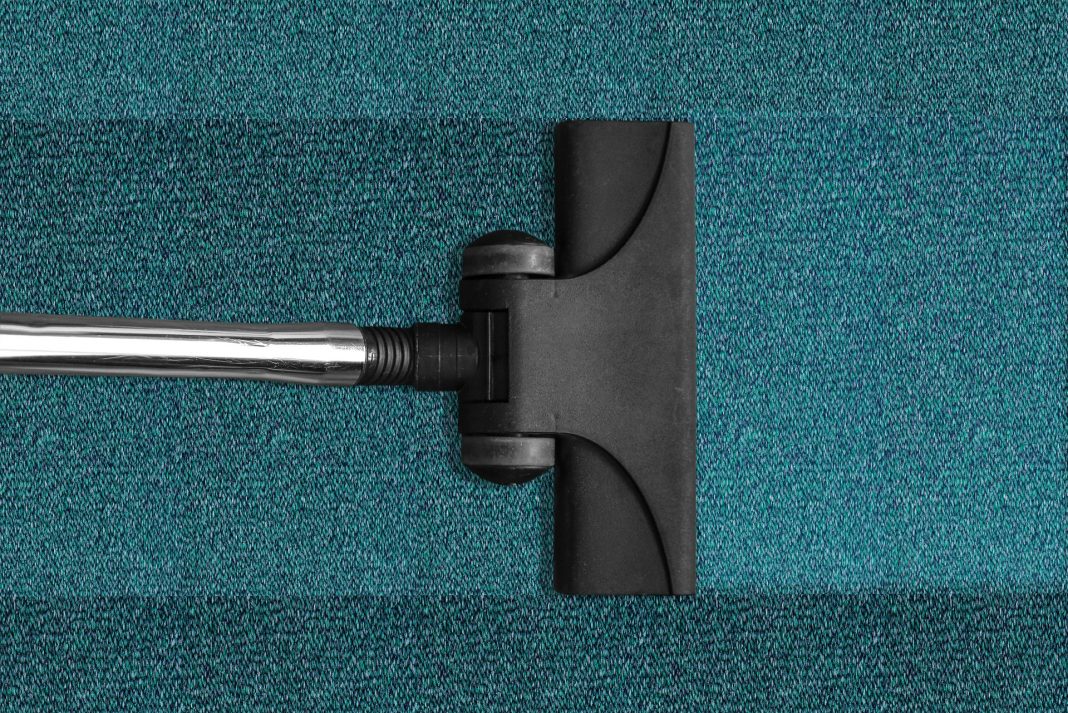

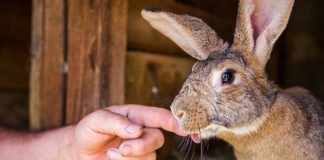




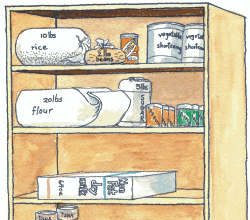
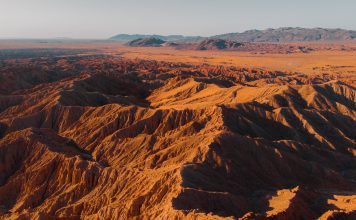


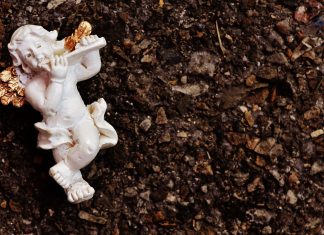
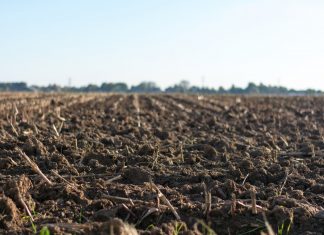
my washing up liquid mixture has what looks like cottage cheese as a sediment, is this normal. Carolyne UK
Claire… we all like bubbles, but they are not necessary for the cleaning action.
Hi
I tried the dish soap, should it bubble? I don’t get any suds. Unsure how well it’s cutting through grease. Wondering if I used too much water, I used 2 cups on my measuring jug.
Thanks for any advice.
Claire, UK.